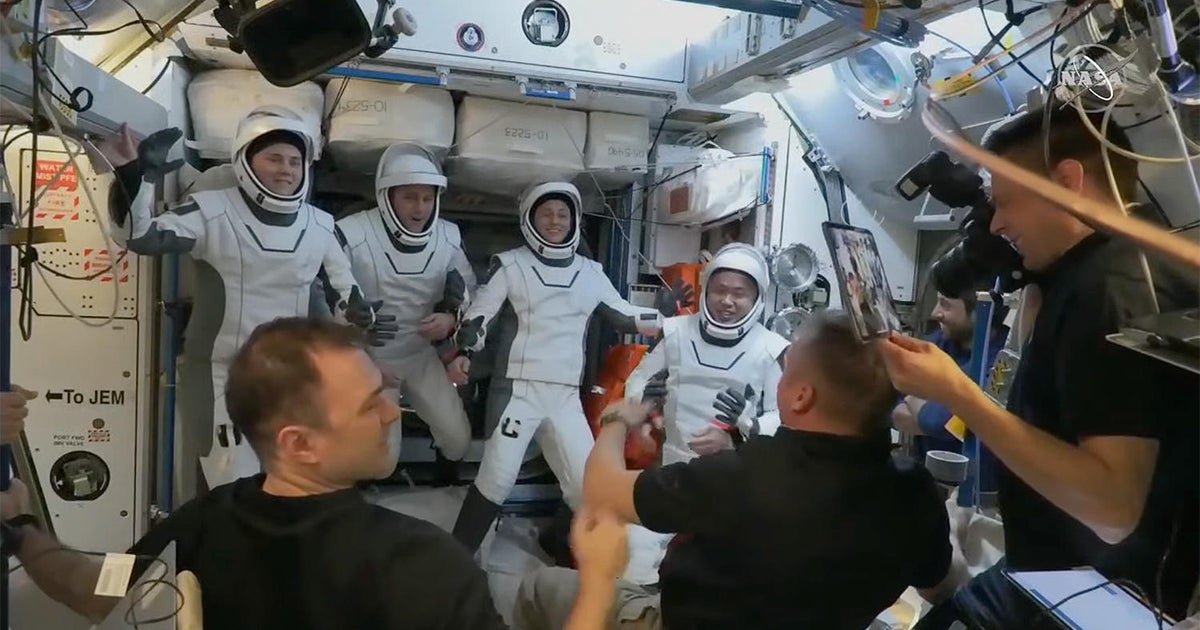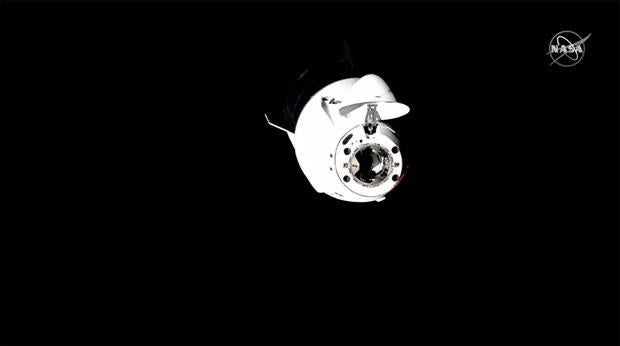Crew Dragon astronauts undock from space station and head for home

Two NASA astronauts, a Japanese space veteran and a Russian cosmonaut bid their seven space station crewmates farewell overnight Friday, strapped into their Crew Dragon capsule and undocked for a fiery Saturday night plunge to splashdown in the Gulf of Mexico to close out a 157-day mission.
“Before we started, our flight director referred to Expedition 68 as the ‘Iron Man,'” pilot Josh Cassada said last week. “And that was before the universe started throwing curveballs our way, and then it got really crazy.
“While we were up here, we did six spacewalks, we installed two solar arrays, we built the infrastructure for two more solar arrays and we fixed a broken old one. We had five cargo vehicles (visit) along with all the science and hardware that (supports) hundreds of experiments and thousands of researchers around the planet.”
NASA
He added, “we just want to say thank you, and we hope that we made you proud. If we didn’t, don’t tell us until we get home!”
With commander Nicole Mann and Cassada monitoring cockpit computer displays, flanked by Koichi Wakata and cosmonaut Anna Kikina, the Crew-5 Dragon undocked from the International Space Station’s forward port at 2:20 a.m. EST to kick off a 19-hour flight to splashdown in the Gulf of Mexico near Tampa.
Left behind in orbit were their Expedition 68 crewmates, made up of Crew-6 commander Stephen Bowen, pilot Woody Hoburg, cosmonaut Andrey Fedyaev and United Arab Emirates astronaut Sultan Alneyadi, along with Soyuz MS-22/23 crewmen Sergey Prokopyev, Dmitri Petelin and NASA astronaut Frank Rubio.
Bowen and his Crew-6 colleagues arrived at the lab March 3 to replace Mann, Cassada, Wakata and Kikina. Prokopyev and his two Soyuz crewmates, launched last September, are spending a full year aboard the station in the wake of a micrometeoroid impact that disabled their ferry ship, triggering launch of a replacement spacecraft.
As Mann and her crewmates backed away from the station, Rubio congratulated them on a “magnificent sunset departure. You guys look great. Great job up here, we’re going to miss you. Godspeed.”
A few moments later, Mann, a Marine Corps colonel and former F/A-18 carrier pilot, thanked NASA and SpaceX for their support, saying “I can’t tell you how great it feels to be part of such an incredible team.”
“And to the crew on board the International Space Station, you’ve got it, make us proud, we’ll be following along on your mission. And to our friends and family, thank you for following along and being part of our mission. It has been a privilege to add to the legacy.” She closed with the Marine Corps motto: “Semper fidelis.”
NASA
Flying through space at 84 football fields per second — 17,100 mph — the Crew Dragon’s braking rockets were programmed to fire for 11 minutes and 21 seconds starting at 8:11 p.m. The “burn” was intended to slow the ship by 179 miles per hour, just enough to drop the far side of the orbit into the lower atmosphere.
Twenty-eight minutes later, the Crew Dragon was expected to plunge back into the discernible atmosphere, its heat shield enduring temperatures higher than 3,000 degrees Fahrenheit as the ship rapidly slows in a fireball of atmospheric friction.
The capsule’s main parachutes were expected to unfurl for the final three-and-a-half minutes of flight before splashdown at 9:02 p.m.
SpaceX crews were stationed nearby to inspect and “safe” the spacecraft and haul it aboard a company recovery ship. Once on deck, the hatch will be opened and the crew will be helped out one at a time and placed on stretchers to ease their readjustment to gravity after more than five months in weightlessness.
From the recovery ship, they’ll be flown to shore by helicopter and then helped aboard a NASA jet for a flight back to the Johnson Space Center in Houston for debriefing and reunions with family and friends.
During the course of their 157-day mission, the Crew-5 fliers will have spent 157 days 10 hours off planet, covering 2,512 orbits and 66.6 million miles since blastoff on Oct. 5.
Share this news on your Fb,Twitter and Whatsapp
Times News Network:Latest News Headlines
Times News Network||Health||New York||USA News||Technology||World News


